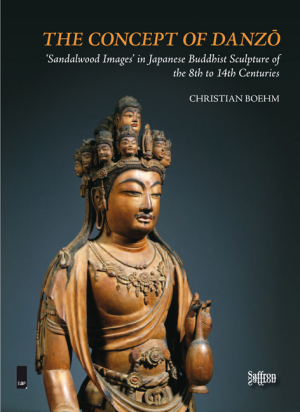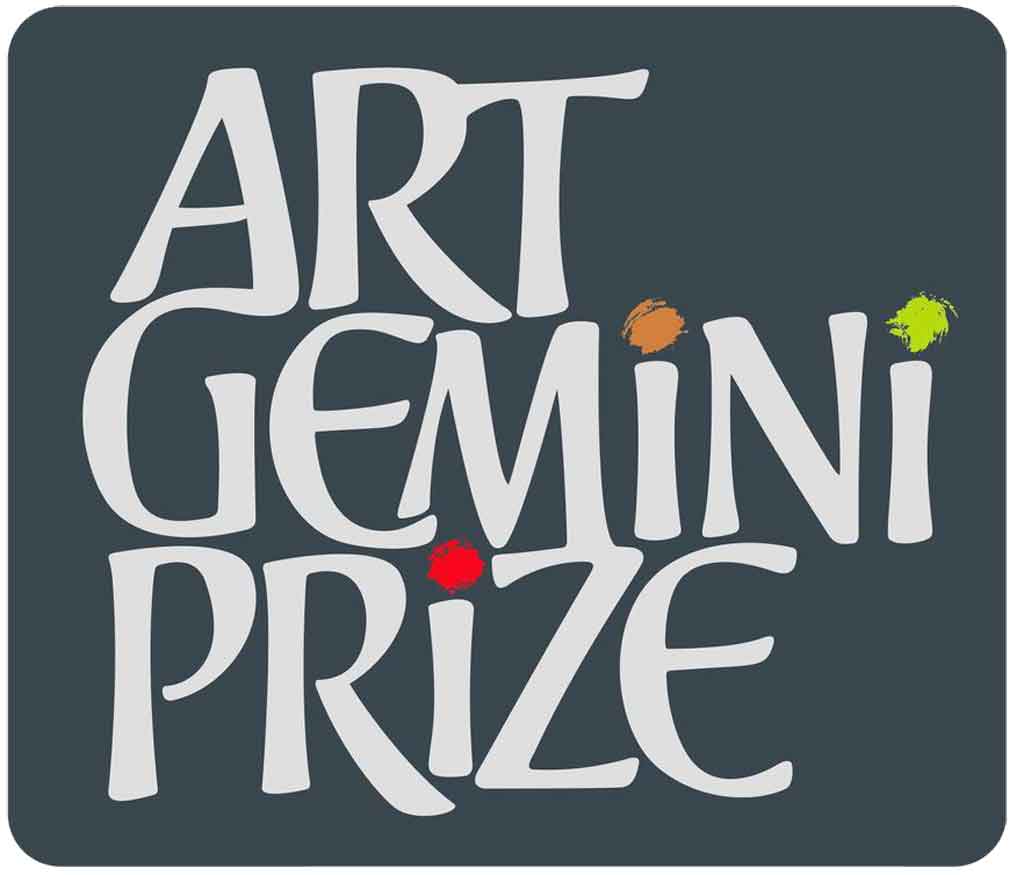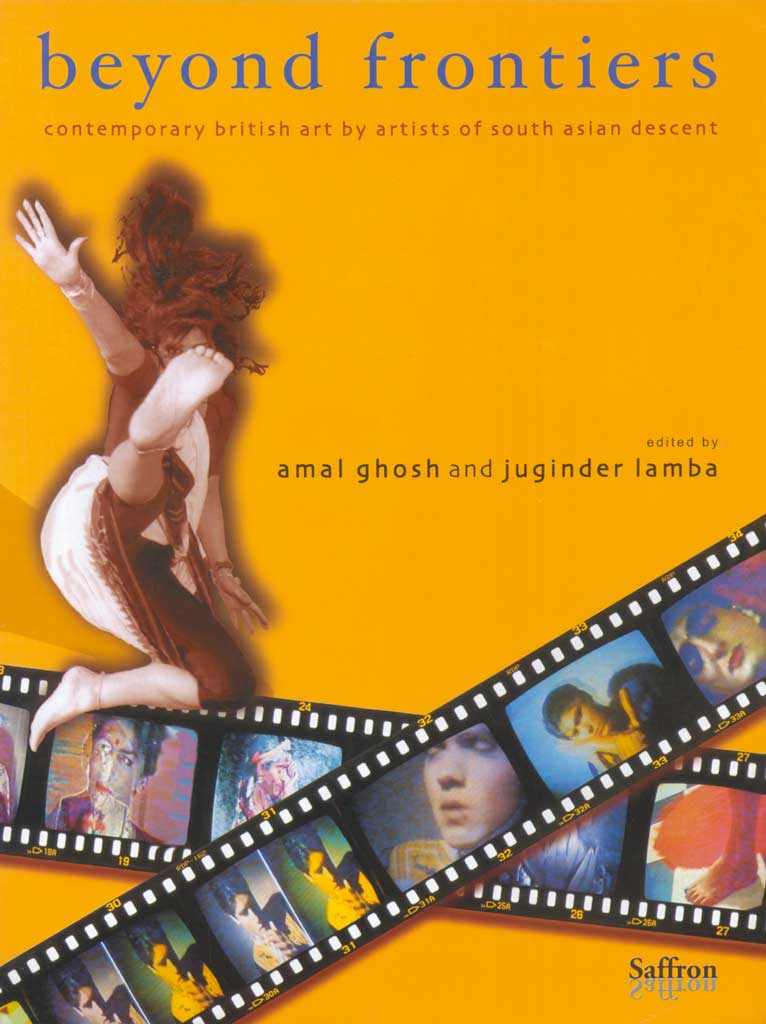Lure of the East – British Orientalist Painting 1830-1925
The Lure of the East: British Orientalist Painting at Tate Britain (4 June – 31 August 2008) explores the responses of British artists to the cultures and landscapes of the Near and Middle East between 1780 and 1930, offering vital historical and cultural perspectives on the challenging questions of the ‘Orient’ and its representation in British art.
It brings together over 120 paintings, prints and drawings of bazaars, public baths, domestic interiors and religious sites, and all the major genres, themes and preoccupations of Orientalism in British art will be considered. Several exceptional and rarely seen paintings by John Frederick Lewis, Edward Lear, David Wilkie, Richard Dadd, Lord Leighton, and William Holman Hunt, are shown, as well as significant works by many less familiar names.
Lure of the East – British Orientalist Painting has exhibited in the United States, at Tate Britain in London, and in Istanbul, Turkey. The exhibition is now in its final planned destination in the United Arab Emirates for its first showing in the Arab world at the prestigious Sharjah Art Museum, which has led the field in cultural development for the region.
This exhibition is centred on British painters whose work engaged with Middle Eastern themes. The painters represented in the exhibition travelled to places in the European Mediterranean (excluding Persia and Afghanistan), which were then relatively accessible, during a period from the 18th century until the eclipse of the Ottoman Empire in 1922. The focus is on oil paintings and works on paper which are, or purport to be, the result of direct personal observation of actual places. Explicitly historical and biblical subjects are not included.
On a wider scale the exhibition is about the role of the painted image in forming the visual component of Orientalism in British culture, hence, the pictures are about Britain as much as they are about the Middle East. At the same time they highlight the successes and failures of the traditions of European art when faced with a non-European subject.
The exhibition includes rarely seen works by John Frederick Lewis, Edward Lear, David Wilkie, Richard Dadd, Lord Leighton, and William Holman Hunt, amongst others.
Lure of the East – British Orientalist Painting 1830-1925 is now showing at Sharjah Art Museum, Sharjah, UAE 19 February – 30 April 2009. Organised by Tate Britain in partnership with Sharjah Art Museum and the British Council.
Cultural Question Time
On 7 March 2009 The British Council and Sharjah Art Museum jointly hosted a unique public debate on contemporary cultural issues, to coincide with the Lure of the East exhibition. Entitled ‘Orientalism Revisited’, the theme of the debate was ‘Representing the Other: Arab cultures through Western eyes / Western cultures through Arab eyes.’ The debate took place at the Sharjah Art Museum, with a distinguished panel of guests.
Although the exhibition itself presents an overview of mainly 19th Century art, the issues raised seem more relevant than ever today. In fact, to approach the theme of the ‘Other’ culture through ‘Our’ eyes takes on a whole new significance in the world we live in today, where communication and tolerance is widely practiced, yet cultural divisions still reign strong.
The debate was modelled on the popular BBC TV series Question Time and intended to provide a platform for interactive intercultural dialogue. It attracted a wide audience of people from academia, the Arts, media and students.
The exhibition and the debate provide a unique opportunity for a frank discussion about our shared history – including areas of connection and conflict – covering all cultural aspects of the relationship between the West and the Middle East:
• What is the role of art and representation in shaping public perceptions?
• Can art and culture bridge gaps that politics cannot touch?
• What is the responsibility of the artist in a global society?
• What is the relationship between creativity and national identity?
• Is the idea of representing the ‘Other’ a negative thing, or does art prove otherwise?







